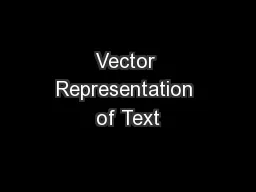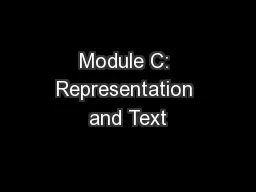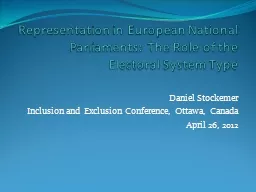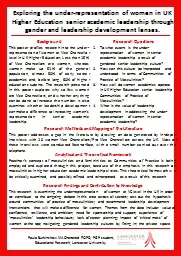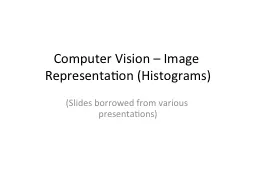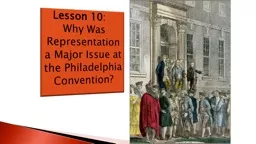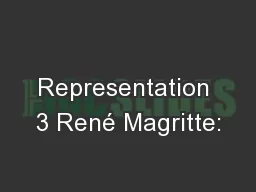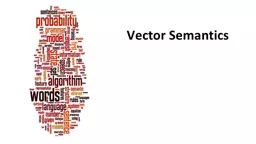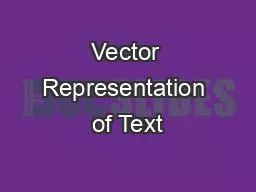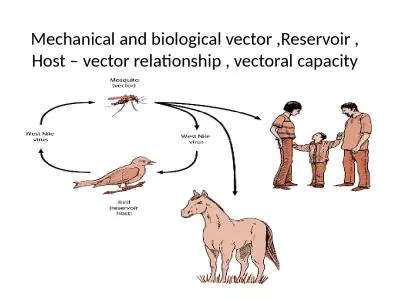PPT-Vector Representation of Text
Author : tawny-fly | Published Date : 2017-06-04
Vagelis Hristidis Prepared with the help of Nhat Le Many slides are from Richard Socher Stanford CS224d Deep Learning for NLP To better classify text We need
Presentation Embed Code
Download Presentation
Download Presentation The PPT/PDF document "Vector Representation of Text" is the property of its rightful owner. Permission is granted to download and print the materials on this website for personal, non-commercial use only, and to display it on your personal computer provided you do not modify the materials and that you retain all copyright notices contained in the materials. By downloading content from our website, you accept the terms of this agreement.
Vector Representation of Text: Transcript
Download Rules Of Document
"Vector Representation of Text"The content belongs to its owner. You may download and print it for personal use, without modification, and keep all copyright notices. By downloading, you agree to these terms.
Related Documents

